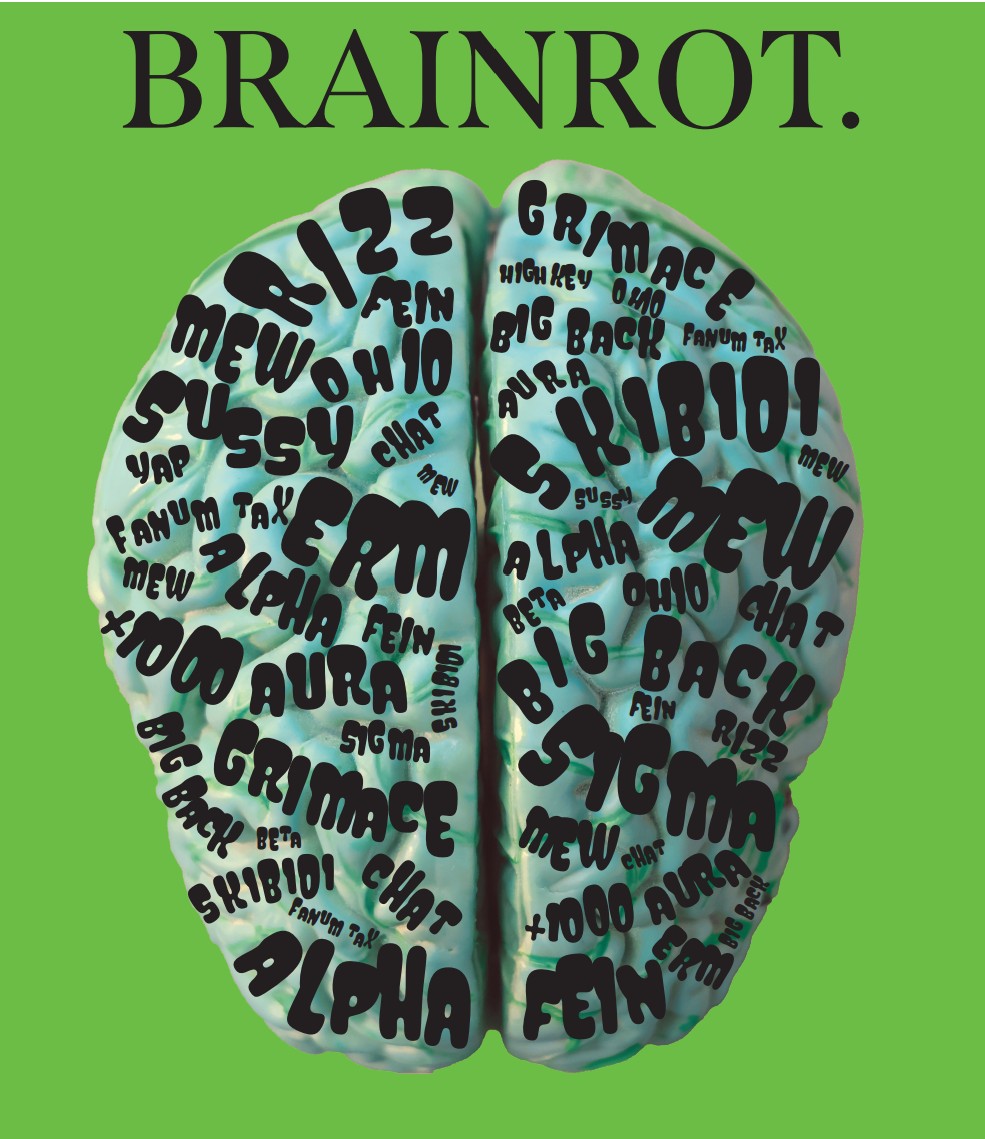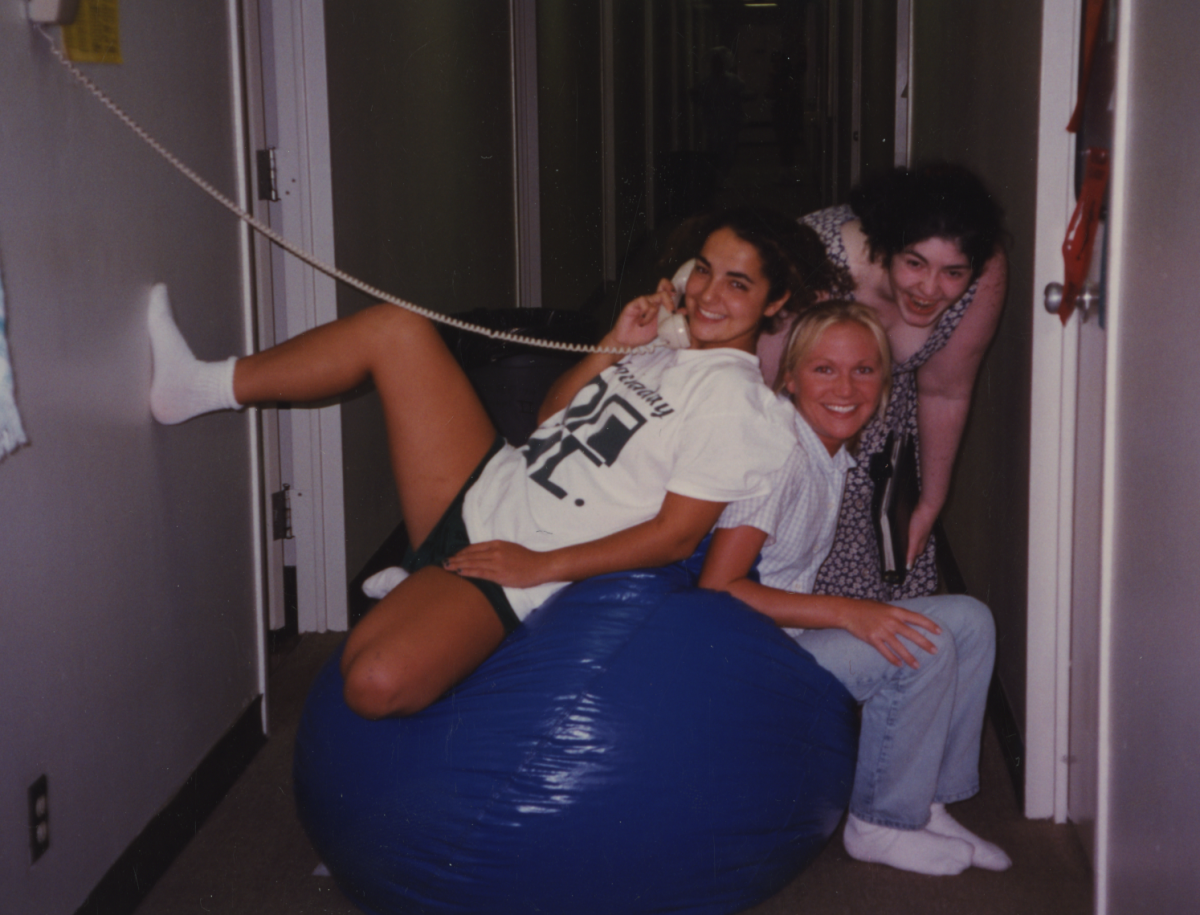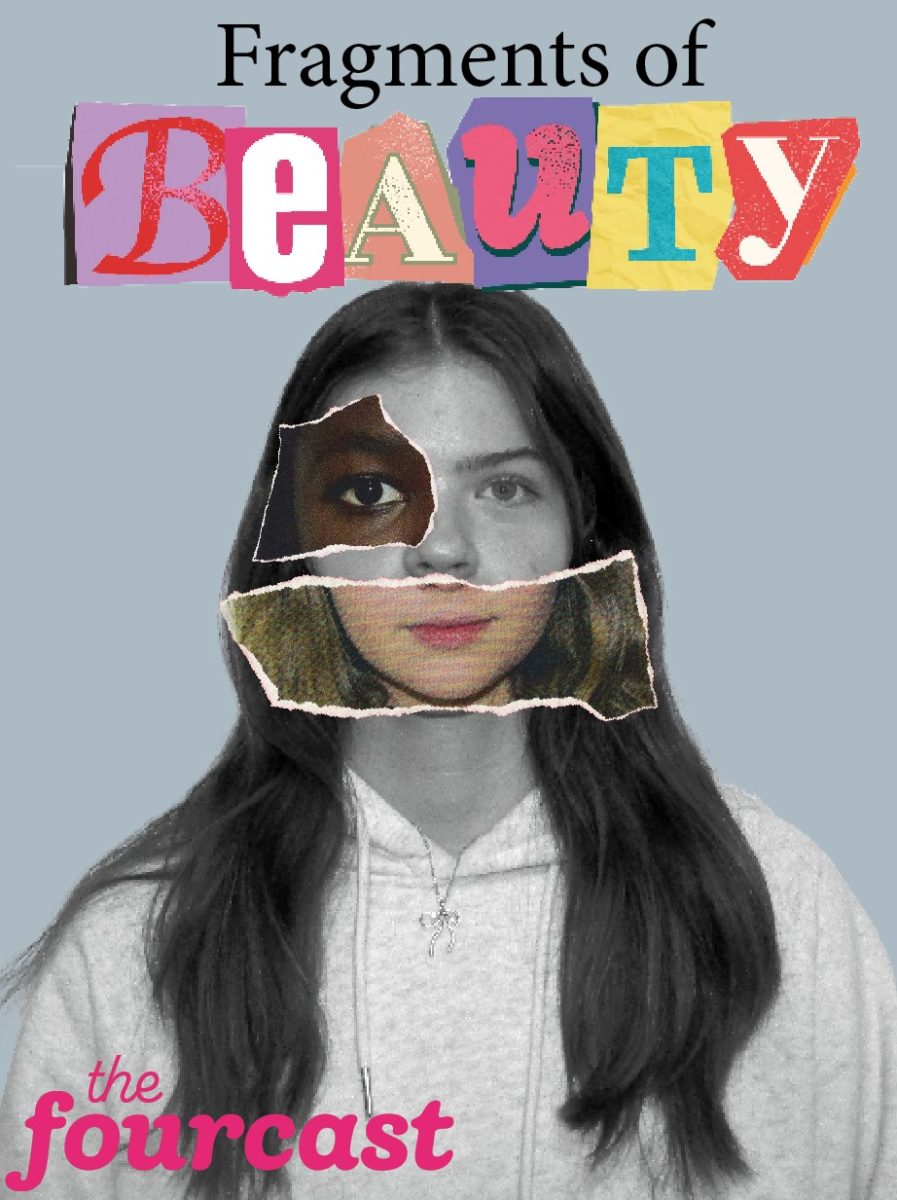Star Struck: The lasting influence of former role models
Sharing twin pops at Adventure Day, neon pink braces (it was Valentine’s Day), dELiA*s t-shirt shopping sprees. Remember the essential elements of the tweenage years? This generation of Hockaday Upper School was the first to grow up under the tween, ages 8 to 12, demographic label. The first to have Disney Channel shows like Lizzie Mcguire specifically for them and the first to buy training bras at Limited Too. In many ways, this generation of girls has left behind the awkward remnants of their tween lives, but the values imprinted by our celebrity role models during those formative years continue to influence us today.
For current freshman Tai, back to school shopping had always just been one of those things she’d done at the start of each school year, like checking which of her friends would be in her class and making sure that she’d bought the box of colored pencils with the right number of shades.
But this shopping excursion during the August prior to second grade was different.
Her mom would flick through the plastic hangers, hold up a top or a skirt and say, “Oh this is so cute, try it on.” Tai would eye the garment and shake her head.
“I wanted to dress exactly like Lizzie in Lizzie Mcguire and her friend Miranda,” Tai remembers.
The advent of cable television and the resulting explosion of new channels allowed networks to develop shows specifically written and produced for tweens and promote products specifically geared toward them. Today, this market sector is valued at $40 billion.
Lizzie Mcguire, Tai’s standard for style, dominated screens, stores and stereos. Nearly 75 percent of Hockaday Upper School girls watched the show over the course of its run from 2001 to 2004.
Former history teacher and media literacy expert Jim Wasserman explains the unique tactic that helped propel her to fame.
“She had that sort of imaginary cartoon character and it had never been done before and it really hit a note with tweens because you’re first seeing the world, going ‘wait a minute, this doesn’t make sense, this is kinda crazy, what’s going on? And they were good at projecting or depicting what every tween girl really goes through.”
Girls aspired to be like the stars they watched after school; they wanted to accessorize like Lizzie Mcguire, to handshake like Lindsay Lohan in the parent trap, to solve mysteries like the Olsen twins.
“In our society, girls tend to look for much more outside cues for how they should behave whereas boys generate much more inside,” says Wasserman. “Now, whether that’s biological or societal, I don’t know.”
Senior Chinmayee, a singer and a dancer, auditioned for Disney shows when she was younger (alas, to no avail). Watching stars like Miley Cyrus led her to believe, “if she could do it, maybe I can.”
As girls moved through middle school, they lost interest in this “monkey see monkey do” attitude and became more interested in defining themselves as individuals.
Sophomore Natalie remembers reading at age 9 that Hilary Duff had undergone plastic surgery. It was then that she “started seeing celebrities as celebrities apart from the characters that they played in whatever they were in. But before then, they were all the same and Hilary Duff was Lizzie Maguire and there was no difference.”
These cracks in the idolized versions of teen stars emerged as girls neared their teenage years. Disappointed that the stars whom they once admired as perfectionists no longer met their paradigm, girls strayed from mirroring these stars’ every move though many still turn to them for sartorial guidance.
“I think the only way they really impact me now is the way they dress and how they do their hair,” says Tai, “I see something on them and I think ‘Oh, that’s pretty that’s cute, that’s cool.’”
Yet she doesn’t see the influence as penetrating deeper than a passing outfit inspiration. The fashion industry knows this and uses these stars as marketing tools.
“You are looking at the dresses and even if you outwardly say, no, inwardly you can’t help [yourself]. First of all, on a subconscious level, there is a positive association which is why the designers give out these dresses,” explains Wasserman.
In reality, the impact goes beyond knock-offs of a gown Emma Roberts wore to the Met Ball. The characters on shows like Lizzie Maguire and iCarly set the standards for middle school “dating” and social structures.
In shows for tween audiences, girls gain self confidence through the way they dress, their appearance and their sexual activity.
“I think that Hockaday girls have a stronger sense of self, that they are more resistant,” says Wasserman. “It doesn’t mean that girls’ aren’t growing up with a sense of consumerism.”
But Hockaday girls insist that a few solid role models who impart more than just fashion advice can be found among our generation’s crop of teen stars.
Natalie admires Emma Watson for her poise and especially her currently on-hold attempt at pursuing a college education.
“I think someone like that has more influence on me now, even though I’m older, because she’s so well rounded and because she’s someone I can actually aspire to be.”
And who are the role models for today’s tweens? They have strayed from the genre of shows of our youth and “Glee” is the new “Lizzie McGuire.” We wonder how the show’s message will translate in their teen years.
– Caroline and Kristin
additional reporting by Katelyn








